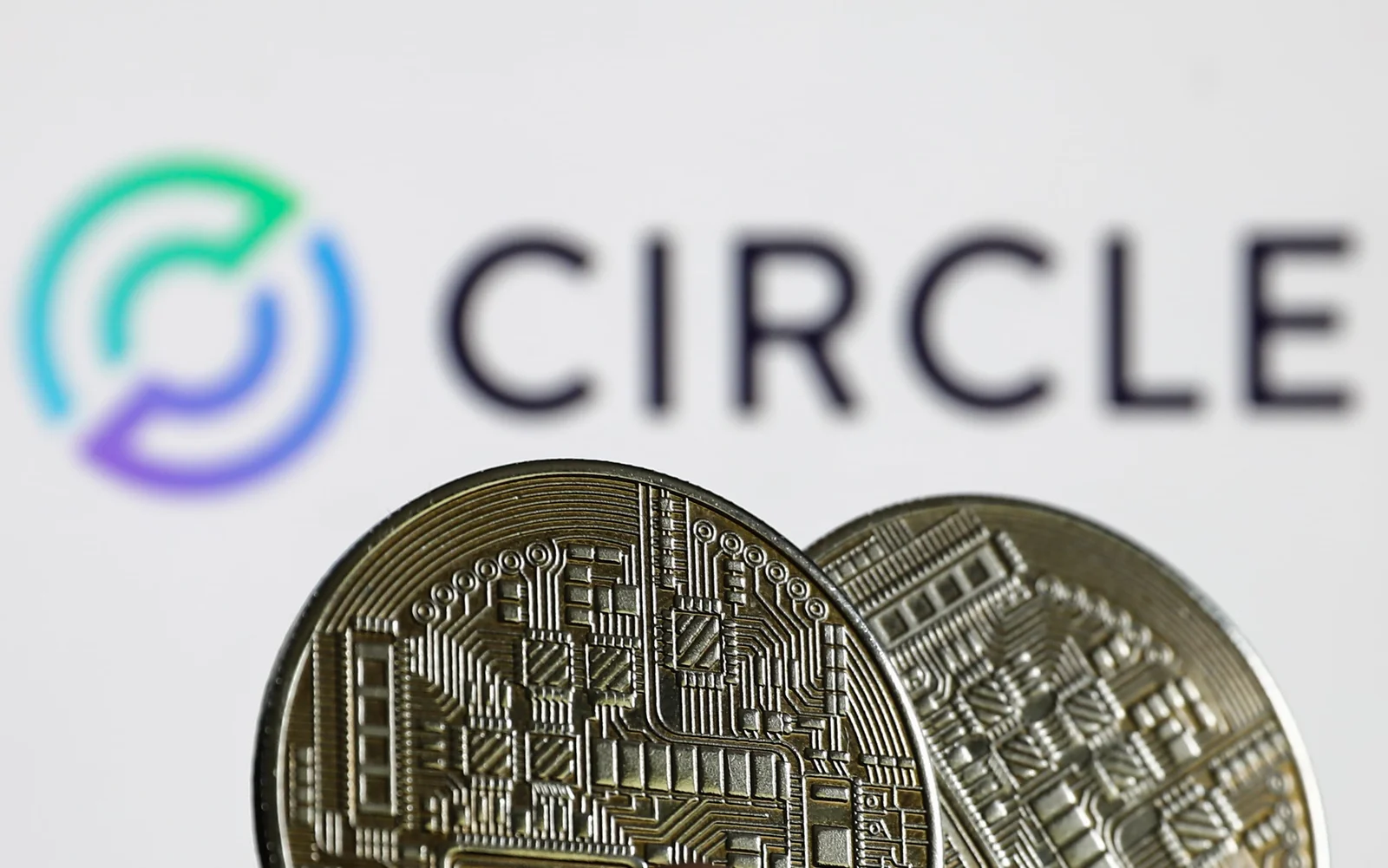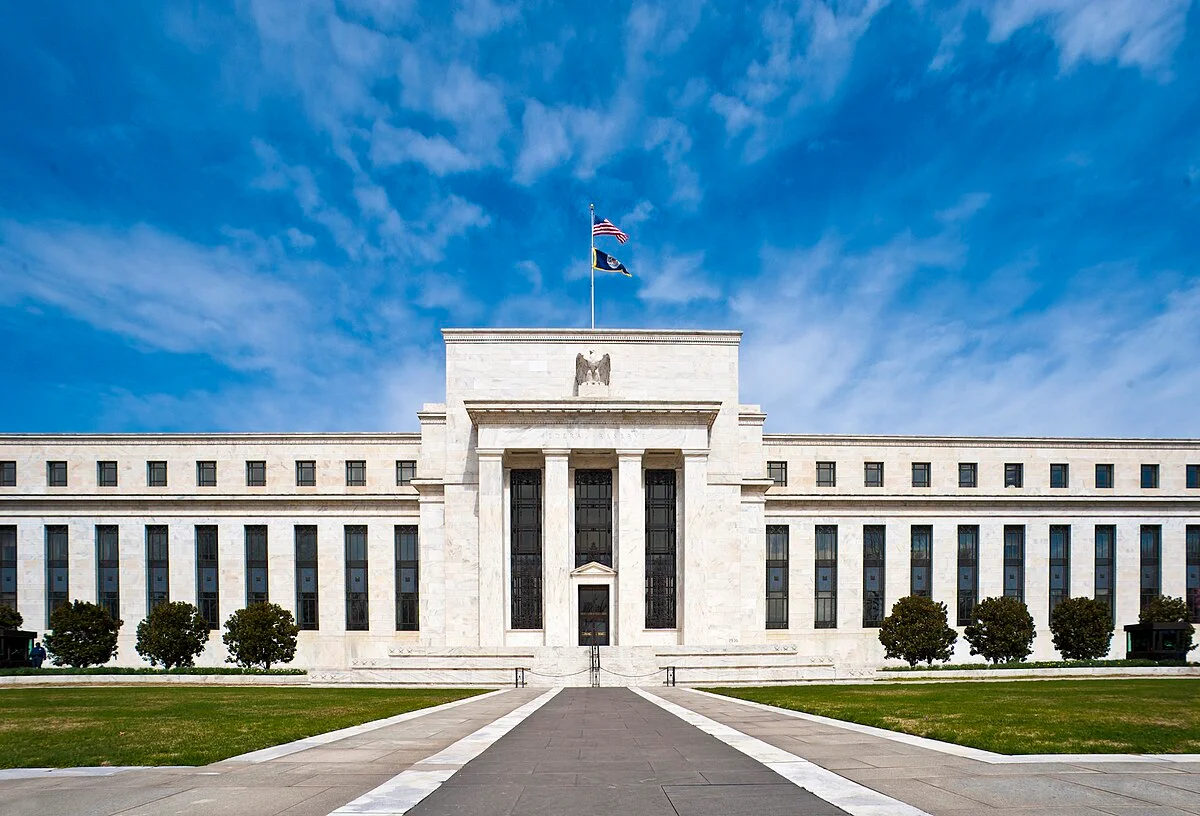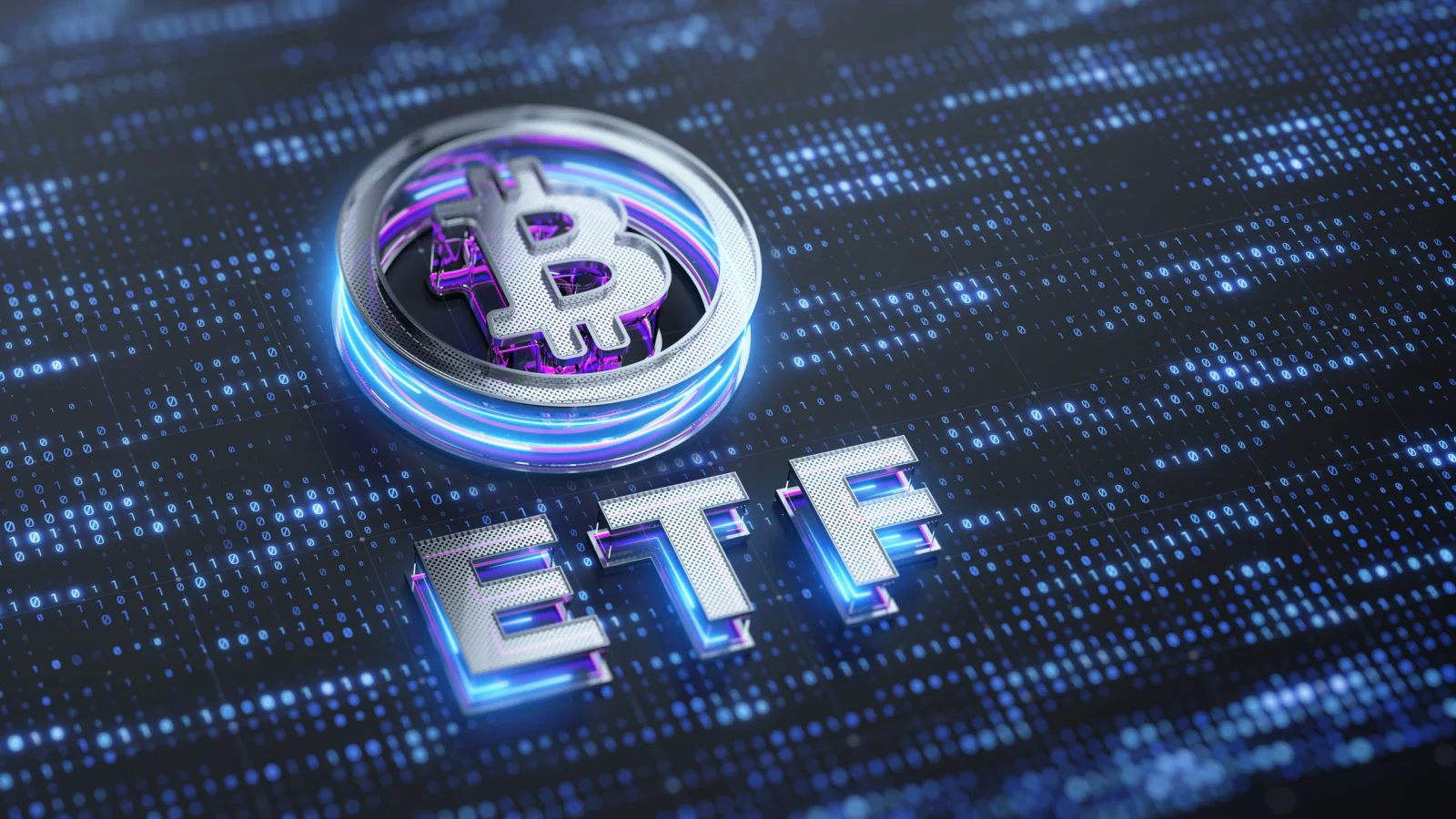Circle, one of the leading stablecoin companies in the crypto market, is causing a stir on Wall Street with its initial public offering (IPO) last week. Just one week after the company began trading on the New York Stock Exchange under the ticker symbol CRCL, its stock price has surged by over 250%. This rise, which began at the IPO price of $31, pushed Circle's market value above $25 billion following an additional 10.6% increase on Wednesday.
One of the key factors behind this extraordinary surge is Circle's integration of its USD Coin (USDC) stablecoin into the identity verification-focused blockchain project World Chain, led by Sam Altman. Additionally, Circle's new-generation bridge protocol, the Cross-Chain Transfer Protocol V2 (CCTP V2), was also deployed as part of this integration.
High interest in Circle's IPO
Interest in Circle's IPO has been remarkable among both individual and institutional investors. On the day of the IPO, Cathie Wood, founder of Ark Invest, announced that she had invested $373 million in the company. This investment gained 40% in value in just one week.
Other crypto-focused companies that went public alongside Circle are also attracting attention. In particular, CoreWeave, which provides computing power to AI and crypto companies, and the investment app eToro are trading above their listing prices. Arthur Hayes, a seasoned figure in the industry, noted that this surge resembles the ICO craze of 2017.
Gemini is also on the IPO path
Following Circle's IPO success, cryptocurrency exchange Gemini has also begun preparations for its IPO. The company has submitted its S-1 registration statement to the US Securities and Exchange Commission (SEC).
A new era with World Chain integration
Sam Altman's biometric identity verification-focused blockchain project World Chain has integrated USDC into its network as a “native” asset, while Circle's CCTP V2 technology has also been made available. With this development, USDC assets that were previously transferred via a bridge will now be issued directly locally, ensuring interoperability between systems while maintaining the existing smart contract address.
The new protocol enables near-instant USDC transfers between supported networks, while programmable automation systems called “Hooks” can trigger specific actions upon the arrival of funds. This feature offers significant flexibility for developers and DeFi projects.
Some market analysts suggest that if Circle maintains its current growth momentum, it could evolve into a structure similar to the US Treasury. In this context, it is noted that the company has the potential to develop a more effective corporate asset management model than Michael Saylor's MicroStrategy (Strategy).




